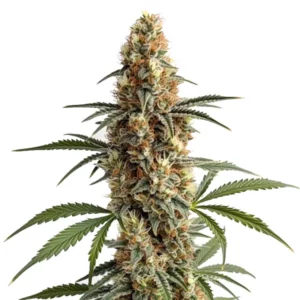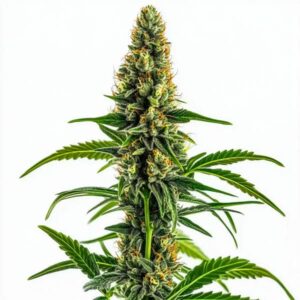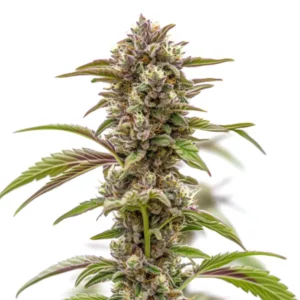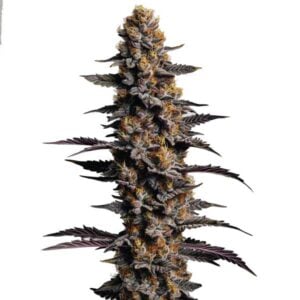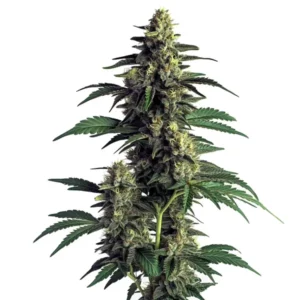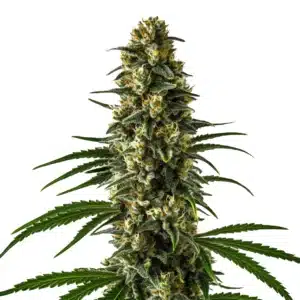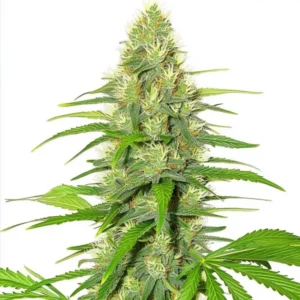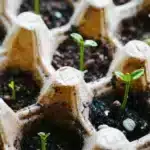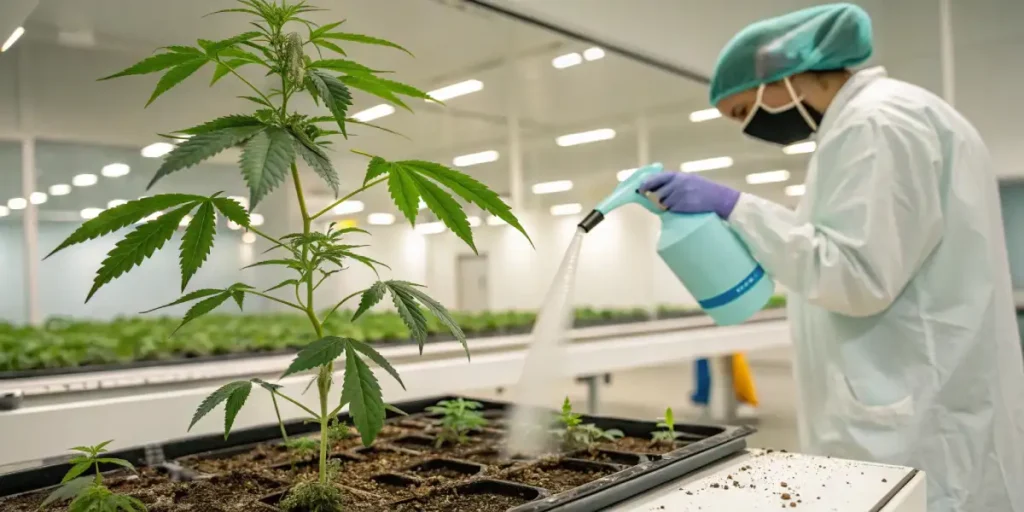
How to Fix Root Rot Cannabis
Root rot is a common issue for cannabis growers. It’s essentially the decay of plant roots due to a fungal infection, often caused by overwatering or poorly draining soil. If not addressed in time, it can severely damage or even kill your plants. The first step is to identify the problem early. Signs include yellowing leaves, wilting, and a general decline in plant health.
What Causes Root Rot?
Root rot is primarily caused by environmental conditions in the root zone. Overwatering and poor drainage create a low-oxygen environment where pathogens thrive. A crucial contributing factor is the temperature of the soil itself. If the pots get too hot, for example from indoor lights being too close or from direct sun exposure, the water in the soil loses oxygen, creating a perfect breeding ground for root rot. It is also much more likely to occur if you reuse soil multiple times without properly sterilizing it first, as pathogens can survive from the previous grow.
Recommended Strains
Mamba Negra
-
THC: 18%
-
Type of seed: Feminized
-
Phenotype: 45% Sativa / 55% Indica
-
Flavor: Citrus, Fruity
-
Day to flower: 8 - 10 weeks
Mamba Negra CBD
-
CBD: 10% - 20%
-
THC: 1% - 2%
-
Type of seed: CBD Feminized
-
Phenotype: 30% Sativa / 70% Indica
-
Flavor: Earthy, Fruity, Sweet
-
Day to flower: 8 - 10 weeks
Promos & Deals
How to Identify Root Rot in Cannabis Plants
Recognizing root rot early is crucial. The leaves might turn yellow and droop, indicating the roots are not absorbing nutrients properly. Healthy roots should be firm and white. If your roots appear brown, mushy, or emit a foul odor, root rot is likely the culprit.
The most definitive way to identify root rot is to inspect the roots directly. To do this safely for a potted plant, first let the soil dry out completely. Then, you can carefully turn the pot over and slide the entire root ball out for a close look. Healthy roots should be white and shiny. Rotted roots will be brown, dark, and mushy. It is critical not to expose the roots to direct light for more than a few seconds, as this can damage or kill them.
Steps to Prevent Root Rot in Cannabis
Prevention is always better than cure. Ensure your plants have appropriate drainage by using pots with drainage holes and adding a layer of gravel at the bottom. A well-aerated medium like coco coir or perlite can also help.
Maintaining the quality of your irrigation water is vital. The water temperature should always be monitored and kept around 17-18°C (63-65°F) to avoid shocking the roots. Furthermore, you must control the water’s pH. Always measure the pH after adding nutrients and adjust it to a consistent 6.0 for soil grows.
Applying a layer of mulch to the topsoil is another excellent preventative measure. Mulch helps to keep the main root system from getting too hot and ensures that the water in the soil does not lose its oxygen as quickly, which discourages the pathogens that cause rot.
Best Practices for Treating Cannabis Root Rot
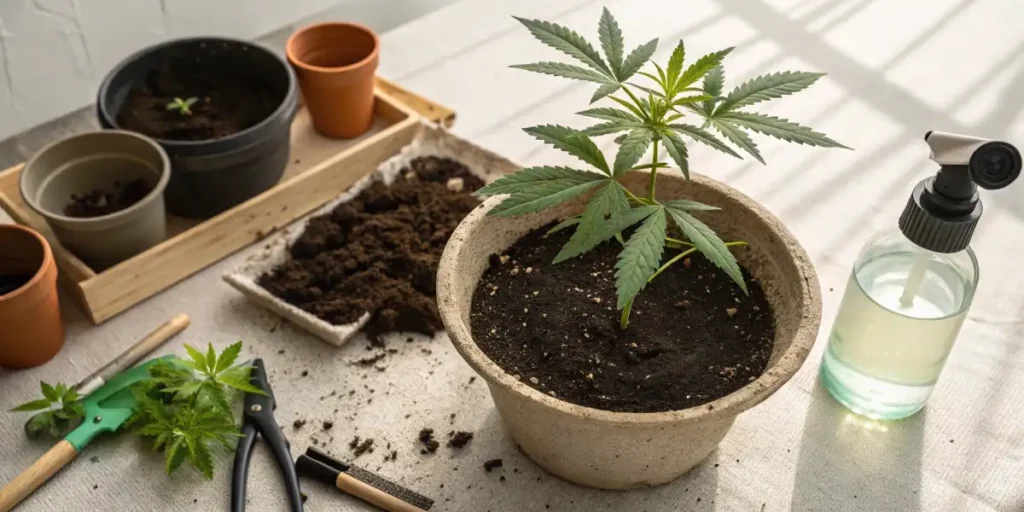
Once root rot is identified, immediate action is required. The first step is to perform a root flush to clean the root zone. Gently remove the plant from its pot and rinse the roots under lukewarm water. For a more effective flush, some growers recommend using water with a pH lowered to 5.5 to help eradicate the pathogens. This helps wash away decayed material.
Trim away any affected roots with sterilized scissors. After trimming, disinfect the remaining healthy roots with a diluted hydrogen peroxide solution. Replanting in fresh, sterile soil is a crucial next step. Ensure the new pot has excellent drainage. After treatment, adjust your watering habits, allowing the soil to dry out sufficiently between waterings.
Organic Solutions for Cannabis Root Rot
For those who prefer organic solutions, beneficial bacteria and fungi, like mycorrhizae, can be introduced to the soil to combat root rot naturally. Compost teas are another excellent remedy, enriching the soil with beneficial microbes that can outcompete harmful pathogens.
Choosing the Right Strains
Some cannabis strains, like Blue Dream and Gorilla Glue 4, are more resistant to root rot due to their hardiness. Choosing resilient strains can help mitigate the risk, especially for beginners.
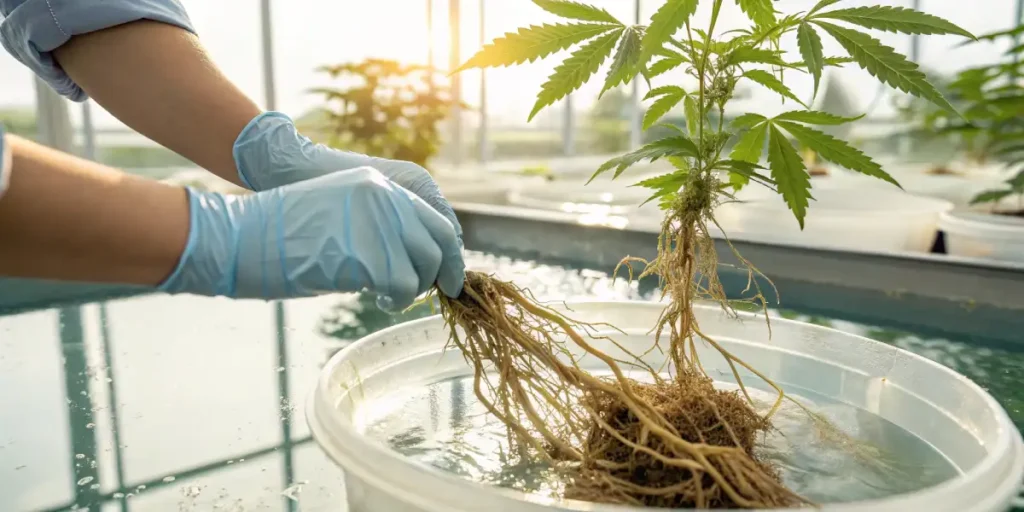
Frequently Asked Questions
What causes root rot in cannabis plants?
Root rot is primarily caused by overwatering, poor drainage, and high soil temperatures, which create a low-oxygen environment where harmful fungi and bacteria thrive.
Can root rot be reversed?
Yes, if caught early. Treatment involves cleaning the roots, trimming away decayed parts, treating with a hydrogen peroxide solution, and repotting in fresh, well-draining soil.
How can I prevent root rot when growing indoors?
Control your environment. Use pots with good drainage, a well-aerated soil mix, and avoid overwatering. Ensure your water is at the correct temperature (around 18°C) and pH (6.0).
Are there specific strains that are more resistant to root rot?
Yes, some strains are naturally more resilient. Strains like Blue Dream and Gorilla Glue 4 are known for their hardiness and can better withstand conditions that might lead to root rot.

